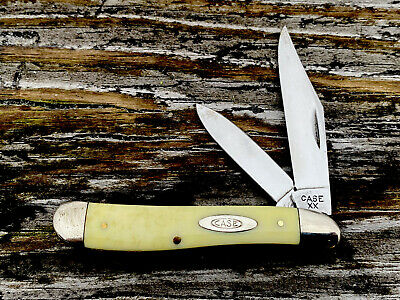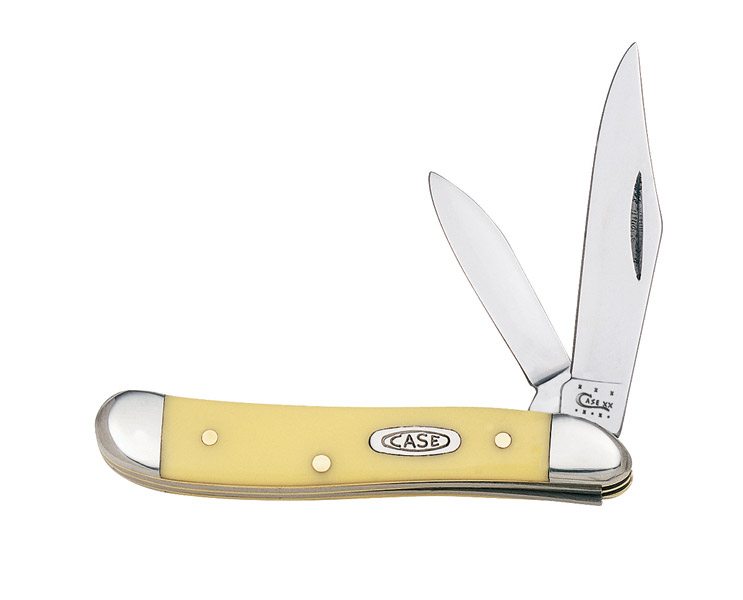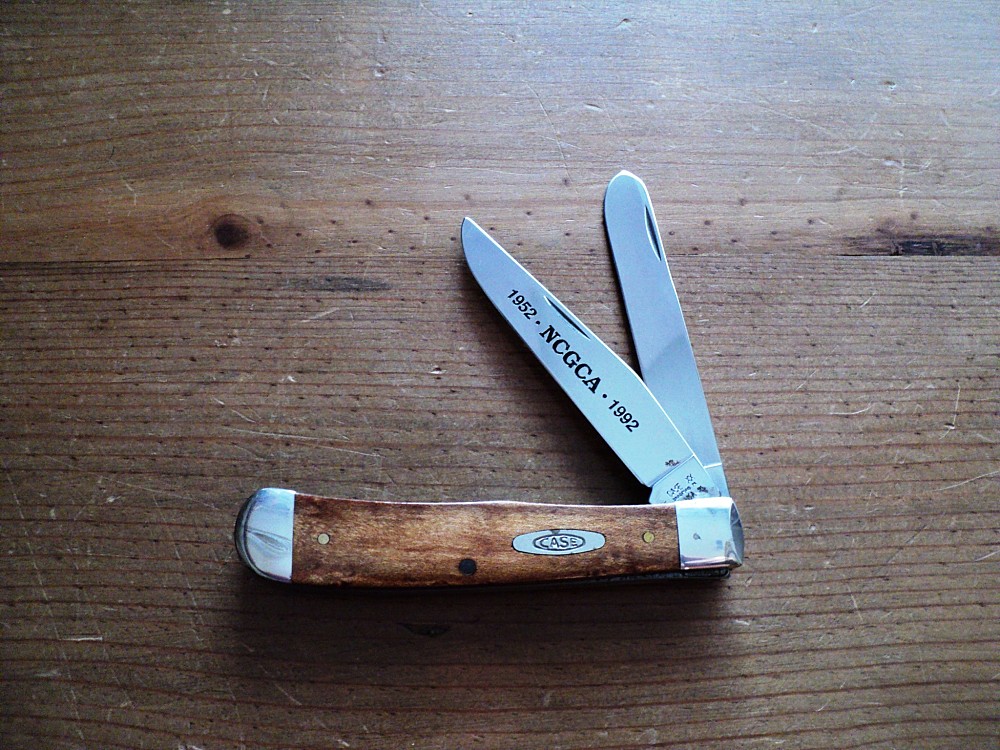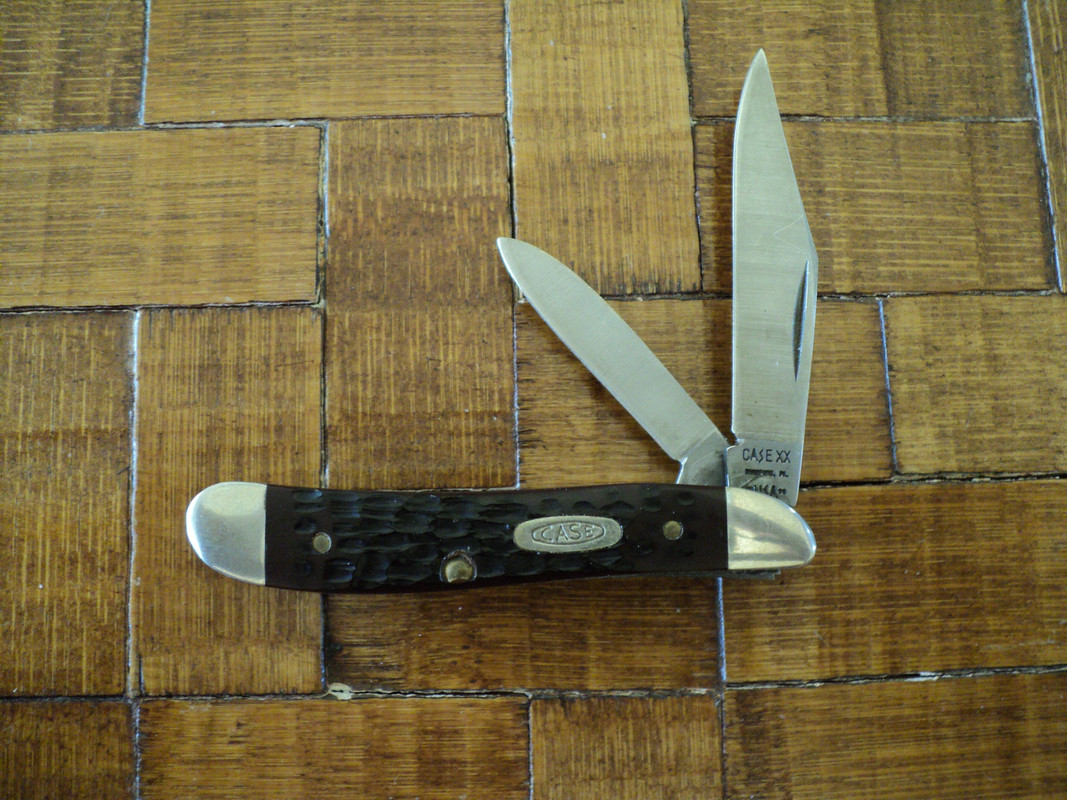Hickory n steel
Gold Member
- Joined
- Feb 11, 2016
- Messages
- 20,730
A thread got me wanting a Case peanut again, but I always forget how much I just cannot stand the modern version.
The nail nick position makes the blade look like it has an unsightly sharp peak at the spine , and It reminds me of a crummy cheap import from the flea market.
Does anybody know when Case went from this : ( borrowed picture )

To this :

I'm thinking sometime in the 80's, but can't find anything.
I can't think of a single reason for the change, I know the blade on my beloved 08 half whittlers are basically the exact same but with a proper nail nick position. I have a hard time imagining any real purpose for having done so to the peanut.
I had a 3220 I bought after having forgotten about this and, in general it was a great little knife that I almost loved. For all practical reasons I did love the knife, but just couldn't get past that nail nick position and it had to go in the GAW box.
The nail nick position makes the blade look like it has an unsightly sharp peak at the spine , and It reminds me of a crummy cheap import from the flea market.
Does anybody know when Case went from this : ( borrowed picture )

To this :

I'm thinking sometime in the 80's, but can't find anything.
I can't think of a single reason for the change, I know the blade on my beloved 08 half whittlers are basically the exact same but with a proper nail nick position. I have a hard time imagining any real purpose for having done so to the peanut.
I had a 3220 I bought after having forgotten about this and, in general it was a great little knife that I almost loved. For all practical reasons I did love the knife, but just couldn't get past that nail nick position and it had to go in the GAW box.







